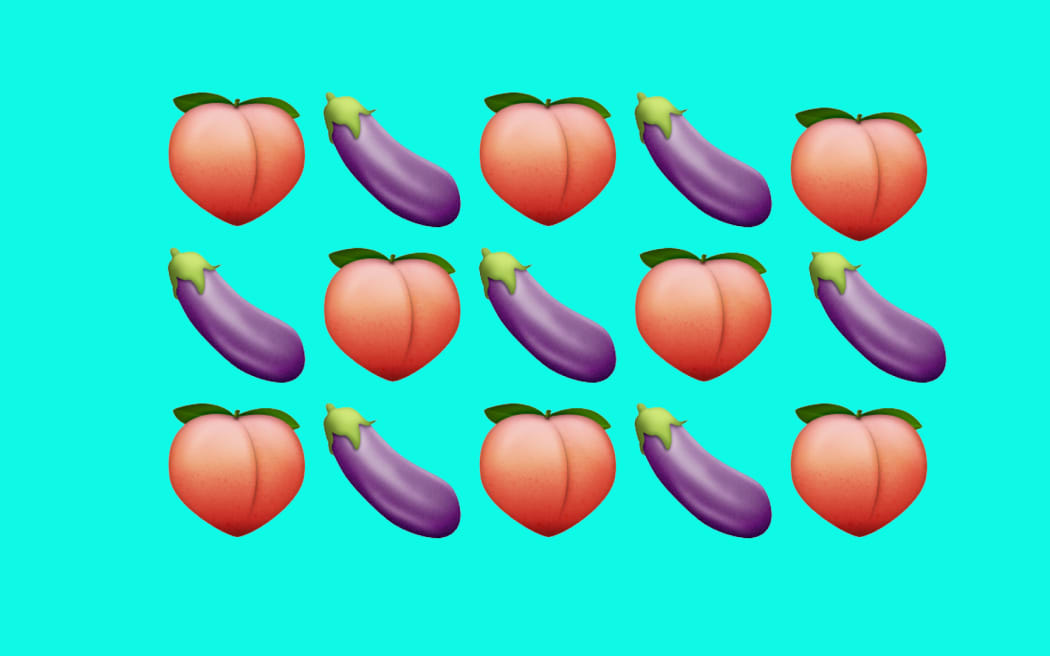Tip one - forget about using anything labelled "Spanish fly".

Photo: Unknown
The Silk Road (the trade route, not the dark web drug market) has been responsible for spreading exotic substances across several continents from the Han dynasty onwards; some of those substances were herbs and spices that aroused more than one kind of appetite in the people who consumed them.
As well as having the power to hide the taste of more than slightly rotten food in the millennia before the invention of the refrigerator, some of these culinary superstars developed a reputation for spicing things up in the bedroom, both metaphorically and literally.
Before I get on to the genuinely fun stuff, something is really bugging me about aphrodisiacs: Spanish fly. It’s the absolute opposite of sexy and we need to stop referring to it as an aphrodisiac. It doesn’t work and it’s a terrible thing to eat.
The Spanish fly, Lytta Vesicatoria, is a member of the blister beetle family, aptly named because they produce a chemical called cantharidin that causes flesh to blister on contact. When swallowed, it causes the victim to vomit and urinate blood and it can cause such severe blistering to the oesophagus and stomach that they haemorrhage to death. Chronic poisoning with very small amounts over time causes renal failure and what apparently feels like the world’s worst urinary tract infection.
The most infamous Spanish fly poisoning took place in 1772, when the Marquis de Sade tried to spice up an otherwise routine orgy with cantharidin-spiked aniseed sweets. All the young ladies invited to the party became extremely ill and one nearly died – for which the Marquis was tried and sentenced to death in absentia, having left town the second trouble started brewing.
In a tragic example of failing to learn from history, a sexually frustrated businessman used Spanish fly in 1954 to kill two pretty, young women in his office who refused to have sex with him. He was caught red-handed and red-faced – literally - as he had been too eager to even wash his hands after poisoning his co-workers, and ended up with tell-tale blisters that identified him as the killer.
Unfortunately, you can still find products calling themselves “Spanish Fly” online which advertise themselves openly as a drug which can turn a “no” into a “yes, à la rohypnol. One of the websites I visited while writing this article assured me that their product was colourless, tasteless, odourless, and “can NOT be spotted”. Gross.
Now that the grim and ghastly is out of the way, we can discuss what everyone is itching to hear: What actually works?!
Well, not chocolate and oysters, so put those away. Clinical trials with human beings are a bit thin on the ground, but there are plenty of studies that go to hilarious lengths to quantify the effect of various elixirs of passion on hapless lab animals – I never knew there were so many different ways to measure rodent erections!
Warning: Pretty much everything beyond this point has a laundry list of potential side effects that range from annoying to scary, so I sincerely urge you to talk to your doctor before you decide to chow down on any of these things. Also, be realistic – none of these things are going to work miracles and you are probably better off investing in some good quality sex toys and dirty movies.
Yohimbine (Pausinytalia yohimbe)
Yohimbine has the distinction of being tested at length on humans as well as being approved by the FDA for the treatment of erectile dysfunction. Like sildenafil (i.e. Viagra, Cialis etc.), it works by relaxing the smooth muscle cells in the penis which allows the blood vessels to dilate i.e. it makes your penis stand at attention.
TT (Tribulus terrestris)
This one made the lab animals very frisky, even the poor rats that had their balls cut off (ouch). The TT rats took less time to get erections and mount their female counterparts than their fellow castrati did when fed the placebo. A small double-blinded placebo trial found that it could increase libido in women too.
Saffron (Crocus sativus)
Saffron contains two different active compounds that have been tested on rodents and people, crocin and safranal. Crocin has been shown to make lab rats very amorous, but safranal seems to be a bit of a dud.
Two studies in human men have had conflicting results. The study that fed men with erectile dysfunction 200mg a day found significant increases in “penis tip rigidity, tip tumescence, base rigidity, and base tumescence”. (I could have just said “better erections” but how many opportunities do people get in life to talk about penis tip rigidity?) However, another study with a lower dose (30mg per day) found that the saffron capsules paled in comparison to sildenafil.
Nutmeg (Myristica fragrans)
In the 18th century, a fashionable gent wouldn’t be caught dead without his silver nutmeg grater; the spice was coveted for its reputation as an aphrodisiac – and it was rumoured to keep fleas away too!
Mice and rats expressed their appreciation for the spice through “increased mounting behaviour”, which is the technical way of saying they got super busy.
Ginseng (Panax ginseng)
Ginseng has been used to treat erectile dysfunction in China for 5000 years, since the reign of the mythical Emperor Shen-Nung.
Like yohimbine, it’s thought that ginseng helps you get it up by relaxing smooth muscle cells and dilating blood vessels in your South Pole. Several studies double-blind placebo trials have found that ginseng improves erection quality and frequency – i.e. better boner and more often.
Interestingly, ginseng has also been shown to help the ladies too; a placebo-controlled randomised trial found that ginseng significantly improved arousal in postmenopausal women.

